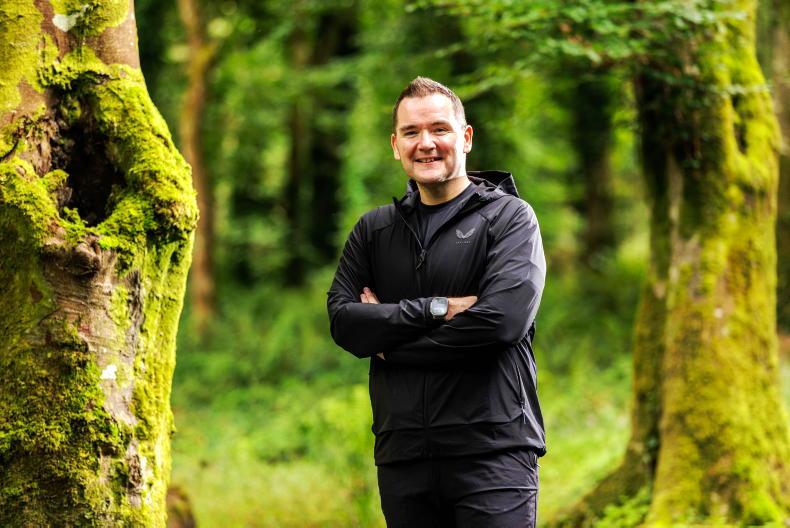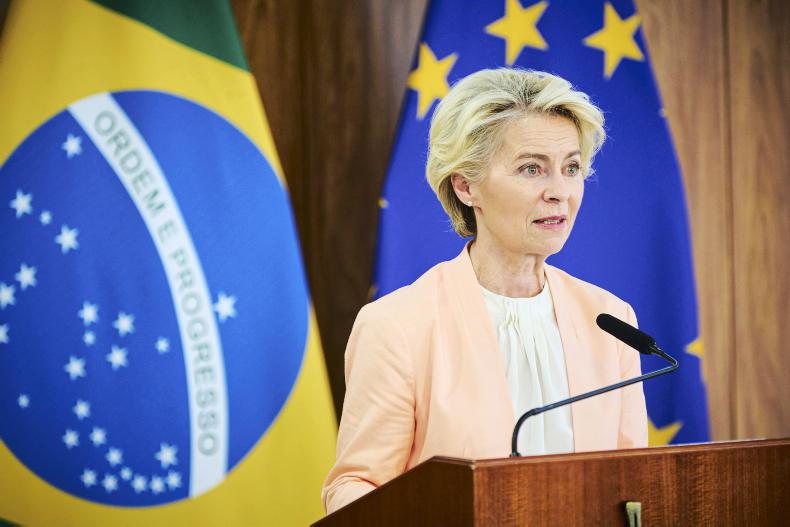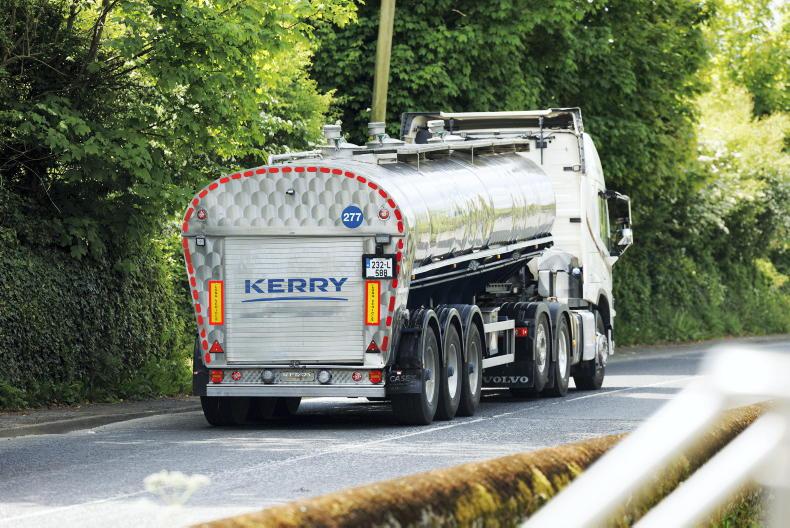“Do you want the giblets?”; “no, thank you!” was the response from the first person asked and then also the second. The third did say yes, but I am not sure if they even knew why. Next in the queue in my local butchers on the eve of Christmas Eve, I was picking up our ham, so was not asked about the giblets. Should I have enquired, I am sure, the butcher would have happily handed over the traditional gravy making entrails – free gratis. While admittedly I have never cooked giblets, I did grow up with a healthy appreciation for animal offal. My Grandfathers abattoir provided us with an almost endless supply of liver, heart, tongue and oxtail as, even thirty years ago, most customers didn’t take these products home.
The focus of Nevens dinner party and podcast (P12-13 and see video section) this month is using Christmas leftovers - important considering the impact of food waste on the planet. Reminder: A study published in Science (Poore and Nemecek, 2018) found that food waste contributes 6% of total global greenhouse gas emissions (24% of food’s emissions). Two-thirds come from supply chain losses (poor transport and processing), the other third - food thrown away by retailers and consumers. We have written much about this topic but giblets or offal’s are rarely discussed in this context. What is often discussed is the nutrient density of the products we produce. That is where a product - versus an alternative - has a higher climate impact but also a higher nutritional value. On a nutritional basis, a 244g serving of turkey giblets will provide you with 44.4g of protein. The turkey breast meat itself will give you 57.7g of this precious protein while a sirloin steak gives 53.9g on the same weight for weight basis. The giblets have a slightly greater fat content but to be fair a fatty sirloin would never get thrown out for such a sin.
edible insects are a more sustainable way to meet the increased protein demand
Aligned to this topic was the latest food related twitter furore that caught my eye. A Teagasc researcher caused some disquiet by suggesting at an event that edible insects (of which there are many thousands) are a more sustainable way to meet the increased protein demand for our massively increasing global population. The event was part of the Science Foundation Ireland, Festival of Farming and Food which aims to inspire children and adults alike about the potential of science. In my view it is vital that Teagasc (among other research organisations) continue to get in front of the problems 10billion people on this planet will cause for food security. Insect protein is not a threat to the meat on your plate, it is an option for those that choose it. It is also more so a viable way to produce protein for the diets of the proteins that we do choose to eat. That is, insects could replace soya in a chicken’s diet and in turn that soya could be used to feed the 10bn humans. The science says that up to 86g of protein will be contained in that aforementioned quantity of 244g of insect.
My Grandad, the butcher, most certainly would not have eaten insects (purposefully) but he also would not eat a spaghetti Bolognese or a sweet and sour chicken. Despite our offal consumption, we also never ate sweetbread, Rocky Mountain Oysters or lamb fries as they didn’t appeal to us. Perhaps Neven and Janine can come up with a menu that will appeal to the 10bn of the future. It’s all protein right?
Read more
Look back and reflect or look forward and plan. Or neither, focus on today
End of the line for influencers when their followers don’t trust them
“Do you want the giblets?”; “no, thank you!” was the response from the first person asked and then also the second. The third did say yes, but I am not sure if they even knew why. Next in the queue in my local butchers on the eve of Christmas Eve, I was picking up our ham, so was not asked about the giblets. Should I have enquired, I am sure, the butcher would have happily handed over the traditional gravy making entrails – free gratis. While admittedly I have never cooked giblets, I did grow up with a healthy appreciation for animal offal. My Grandfathers abattoir provided us with an almost endless supply of liver, heart, tongue and oxtail as, even thirty years ago, most customers didn’t take these products home.
The focus of Nevens dinner party and podcast (P12-13 and see video section) this month is using Christmas leftovers - important considering the impact of food waste on the planet. Reminder: A study published in Science (Poore and Nemecek, 2018) found that food waste contributes 6% of total global greenhouse gas emissions (24% of food’s emissions). Two-thirds come from supply chain losses (poor transport and processing), the other third - food thrown away by retailers and consumers. We have written much about this topic but giblets or offal’s are rarely discussed in this context. What is often discussed is the nutrient density of the products we produce. That is where a product - versus an alternative - has a higher climate impact but also a higher nutritional value. On a nutritional basis, a 244g serving of turkey giblets will provide you with 44.4g of protein. The turkey breast meat itself will give you 57.7g of this precious protein while a sirloin steak gives 53.9g on the same weight for weight basis. The giblets have a slightly greater fat content but to be fair a fatty sirloin would never get thrown out for such a sin.
edible insects are a more sustainable way to meet the increased protein demand
Aligned to this topic was the latest food related twitter furore that caught my eye. A Teagasc researcher caused some disquiet by suggesting at an event that edible insects (of which there are many thousands) are a more sustainable way to meet the increased protein demand for our massively increasing global population. The event was part of the Science Foundation Ireland, Festival of Farming and Food which aims to inspire children and adults alike about the potential of science. In my view it is vital that Teagasc (among other research organisations) continue to get in front of the problems 10billion people on this planet will cause for food security. Insect protein is not a threat to the meat on your plate, it is an option for those that choose it. It is also more so a viable way to produce protein for the diets of the proteins that we do choose to eat. That is, insects could replace soya in a chicken’s diet and in turn that soya could be used to feed the 10bn humans. The science says that up to 86g of protein will be contained in that aforementioned quantity of 244g of insect.
My Grandad, the butcher, most certainly would not have eaten insects (purposefully) but he also would not eat a spaghetti Bolognese or a sweet and sour chicken. Despite our offal consumption, we also never ate sweetbread, Rocky Mountain Oysters or lamb fries as they didn’t appeal to us. Perhaps Neven and Janine can come up with a menu that will appeal to the 10bn of the future. It’s all protein right?
Read more
Look back and reflect or look forward and plan. Or neither, focus on today
End of the line for influencers when their followers don’t trust them










SHARING OPTIONS